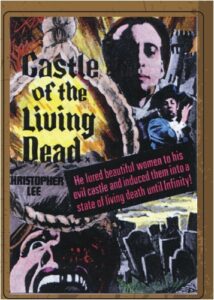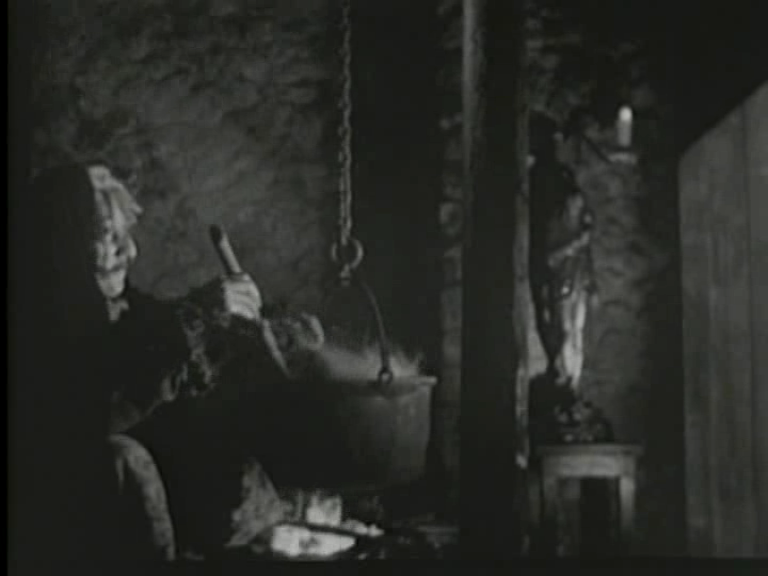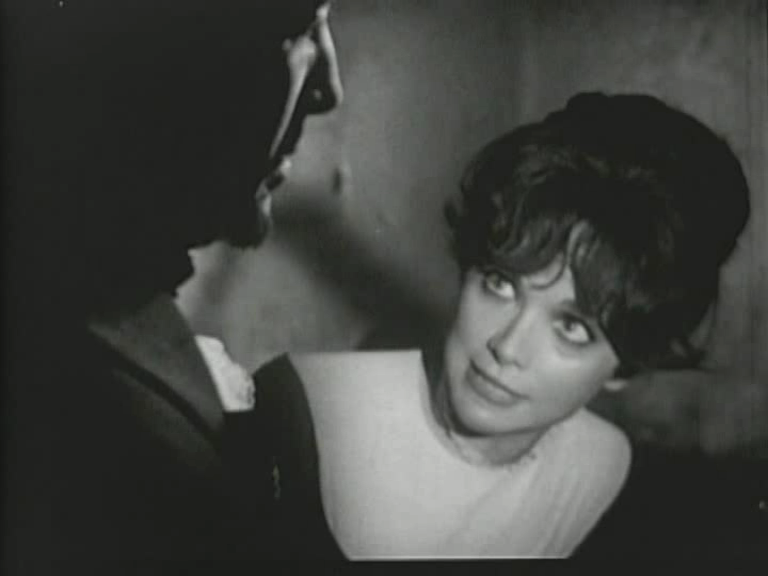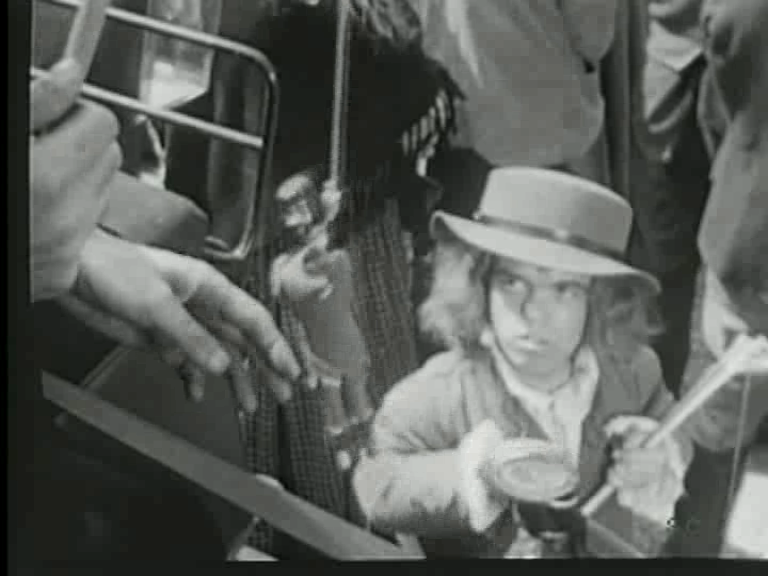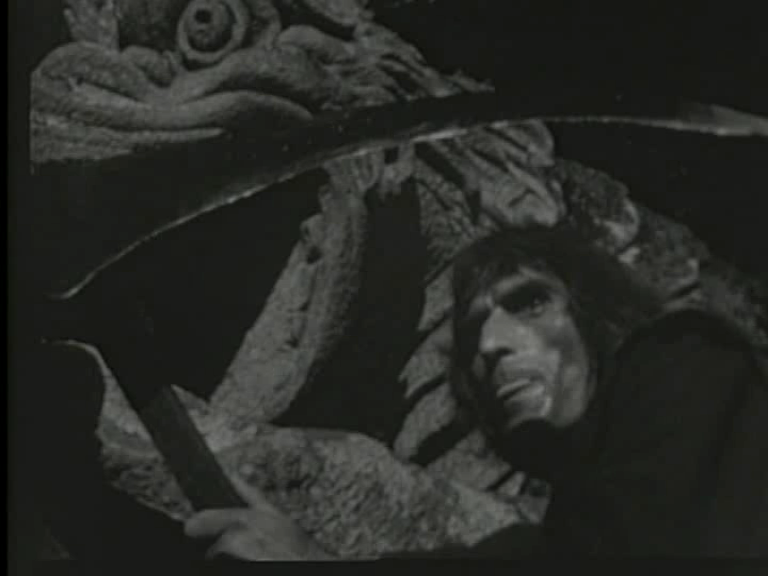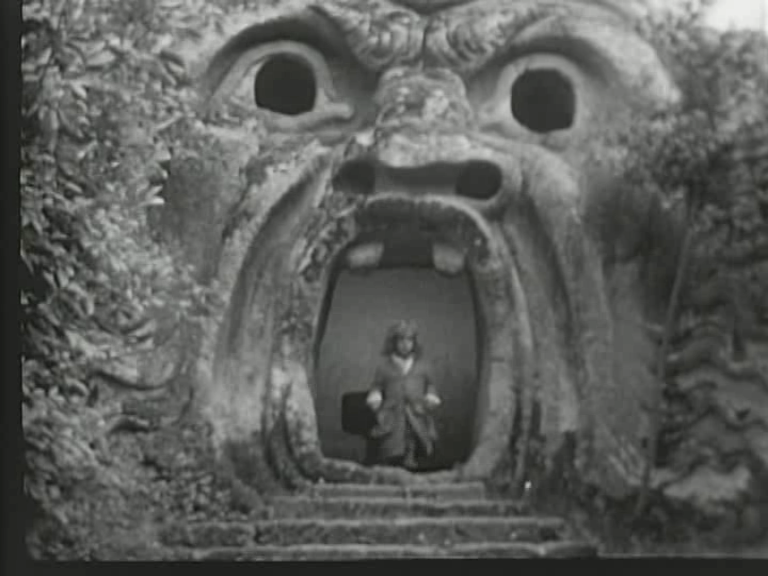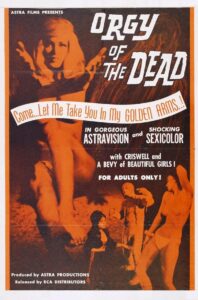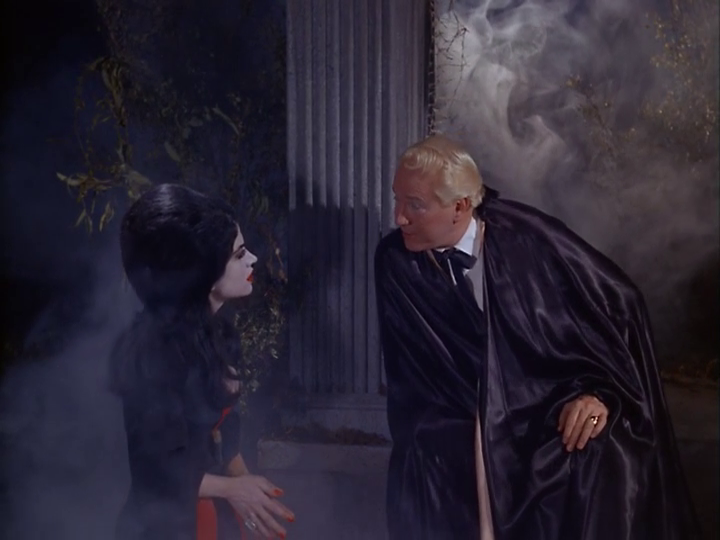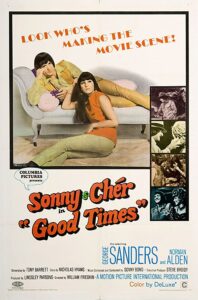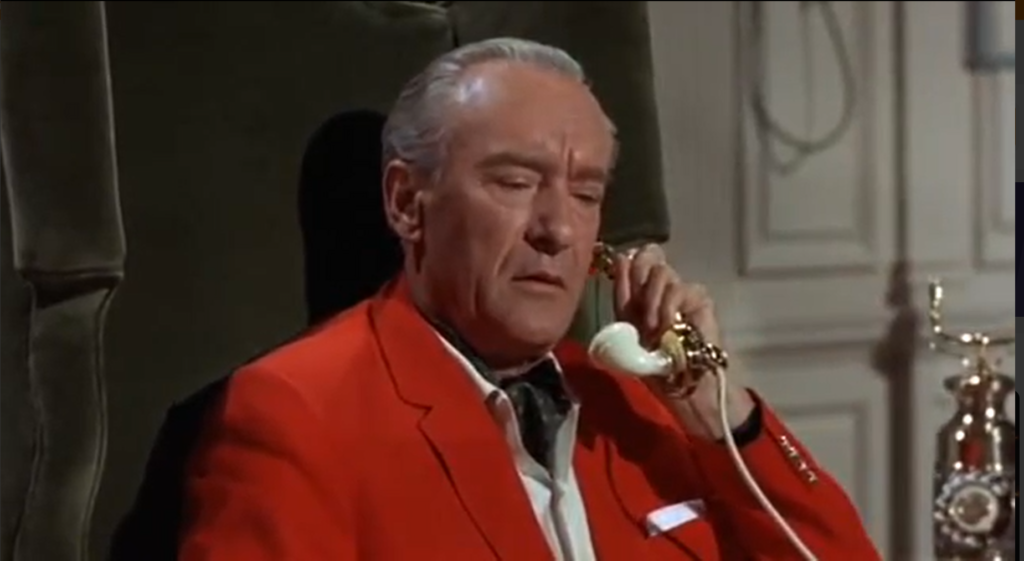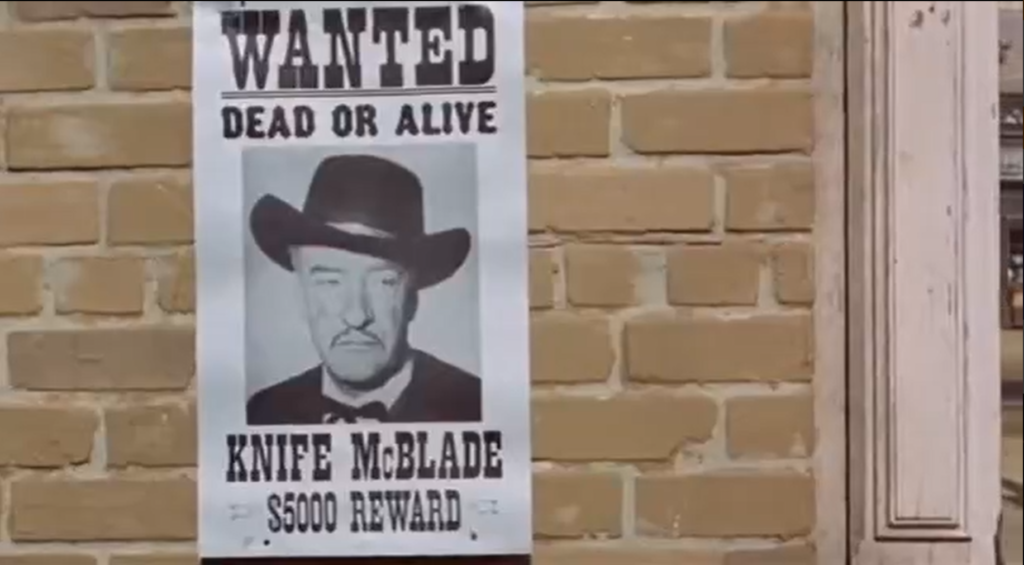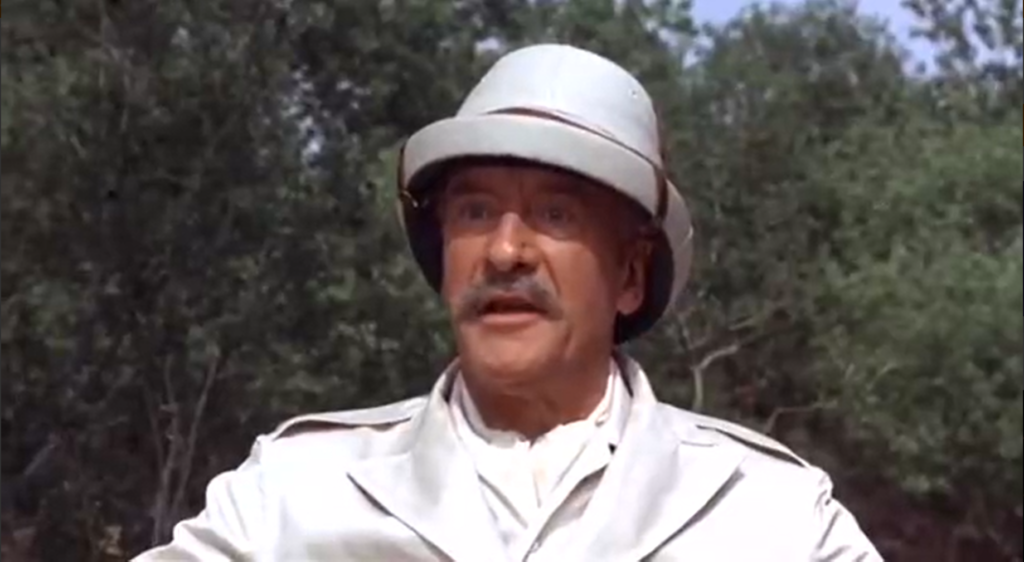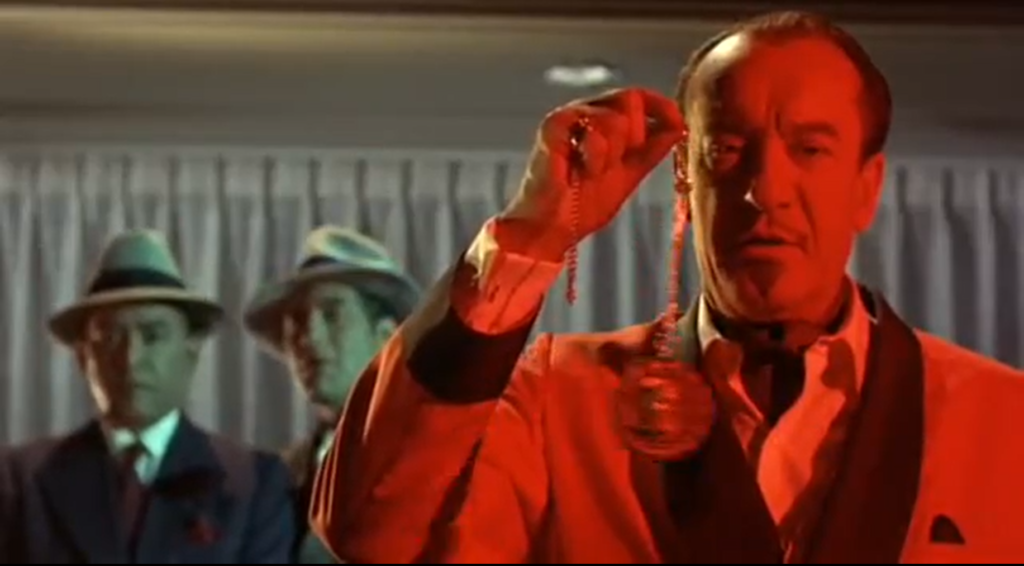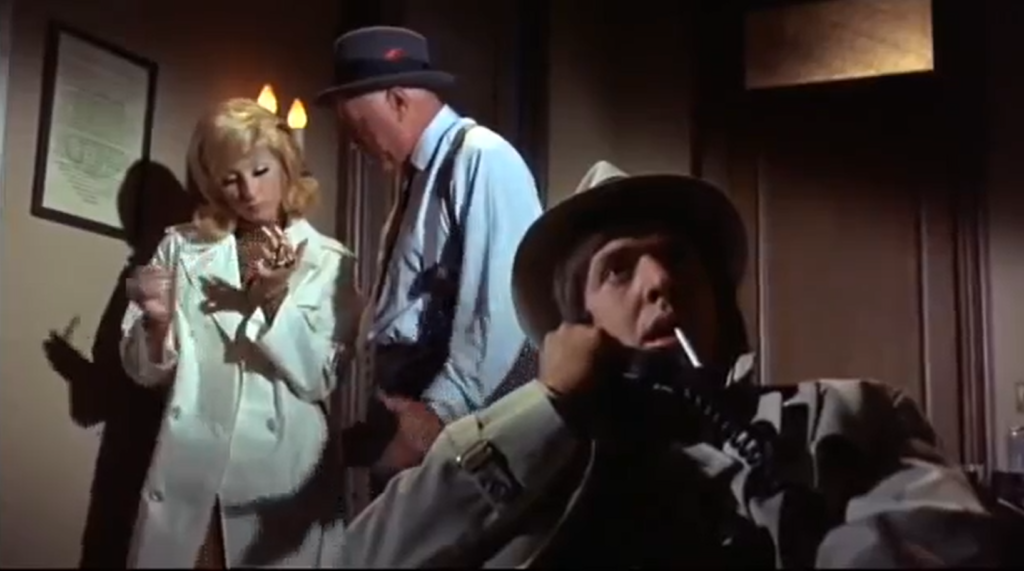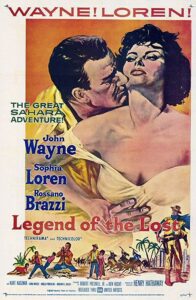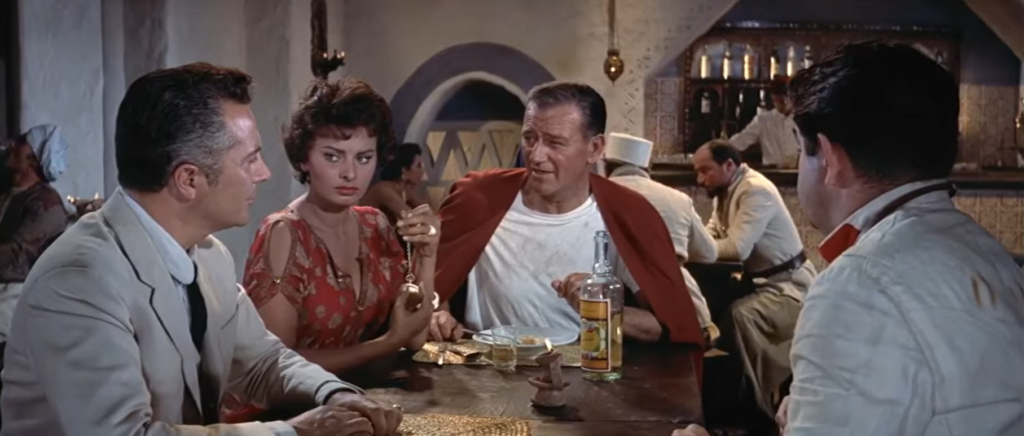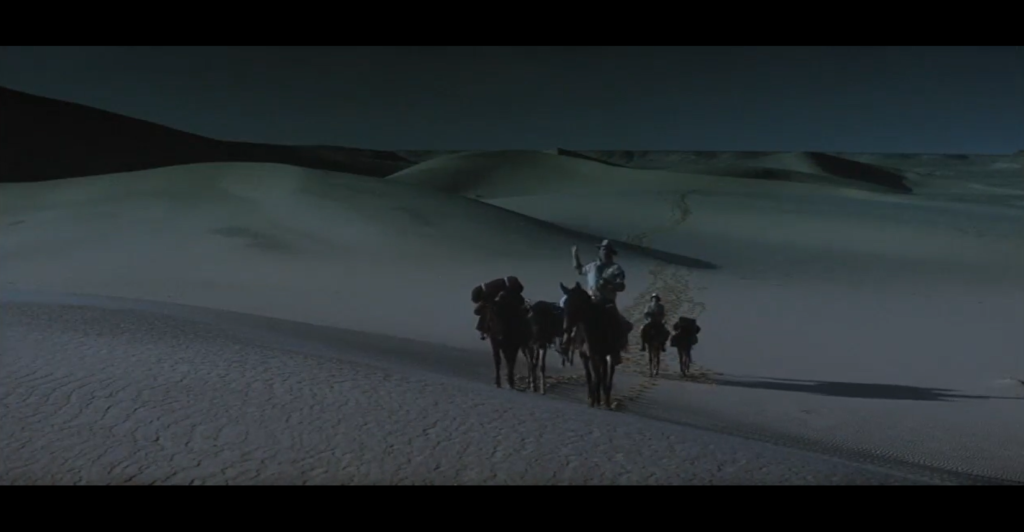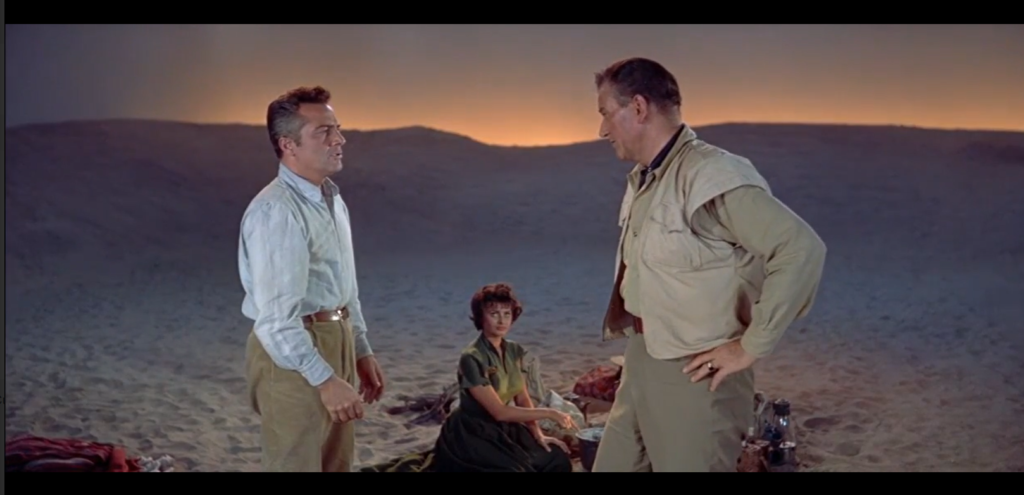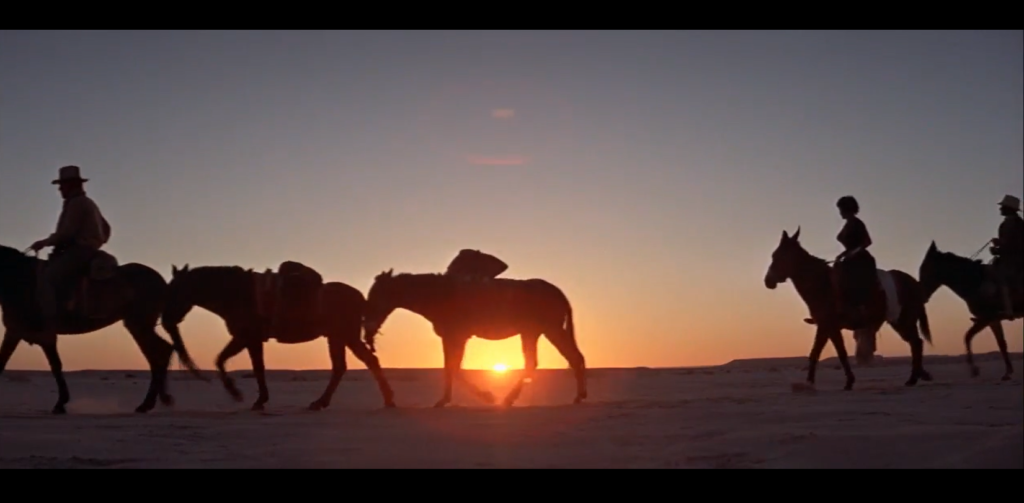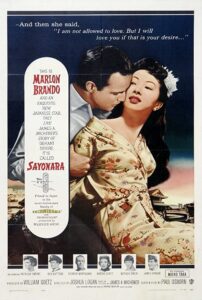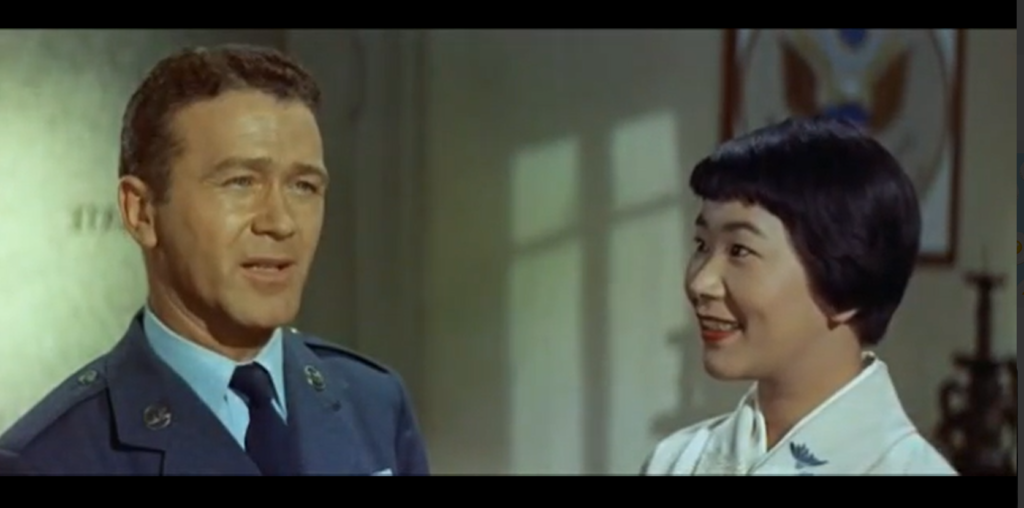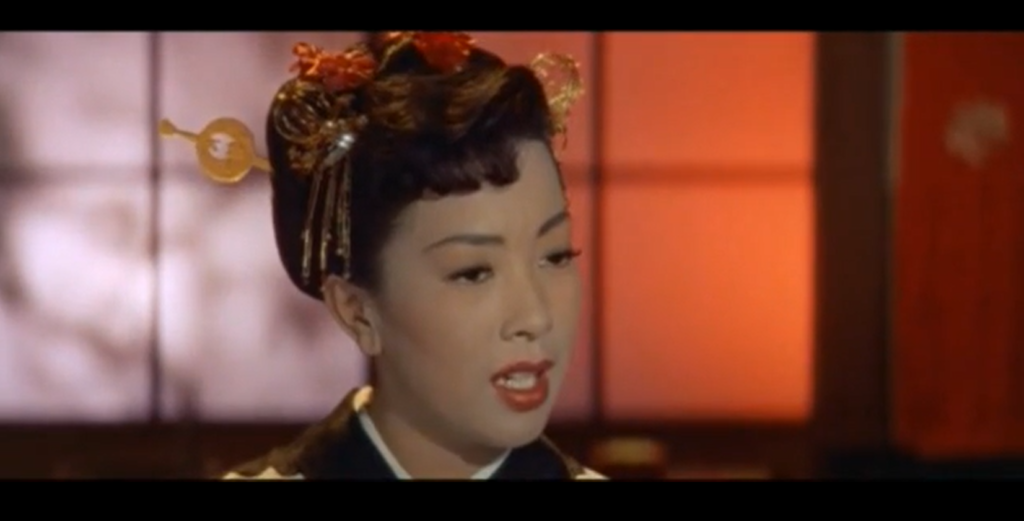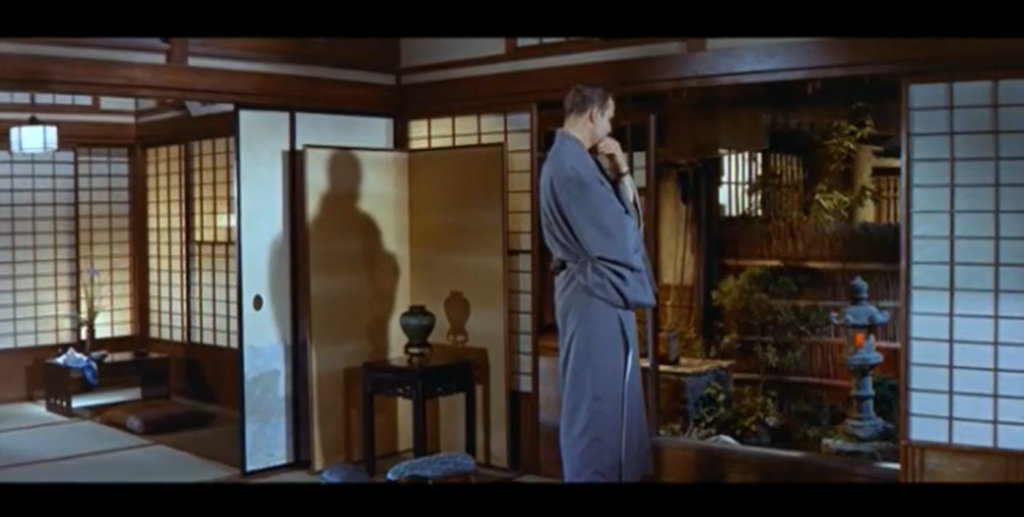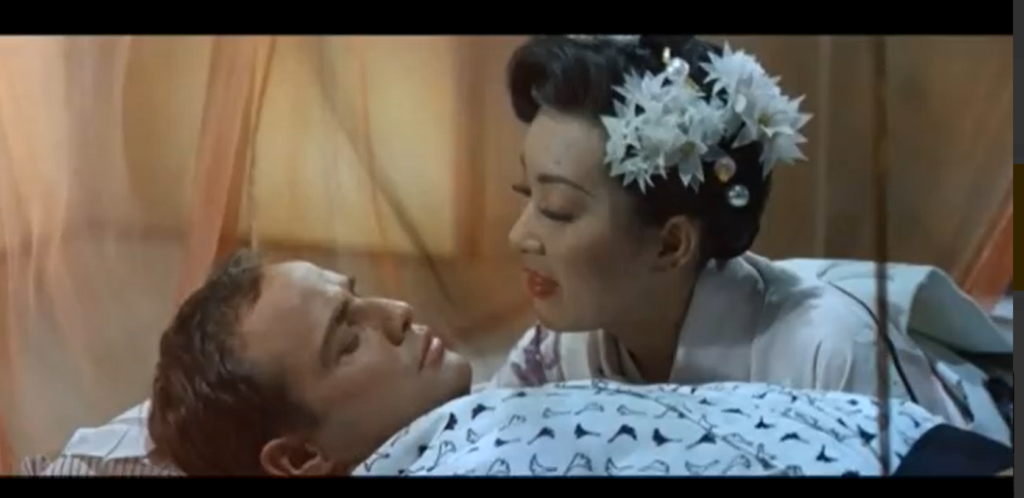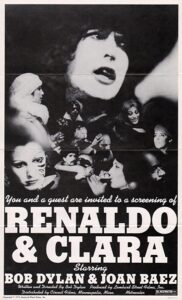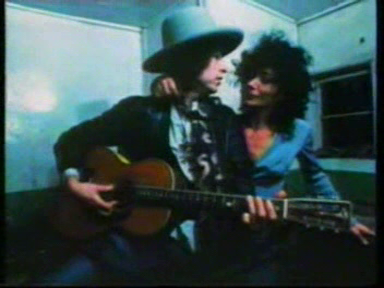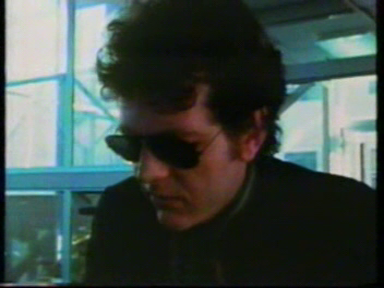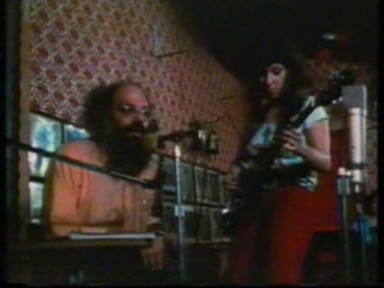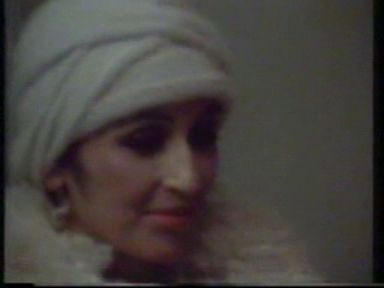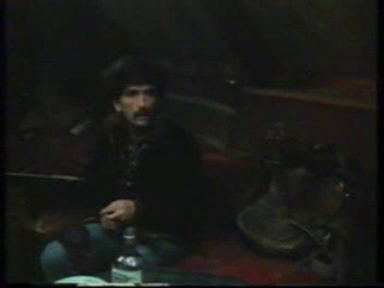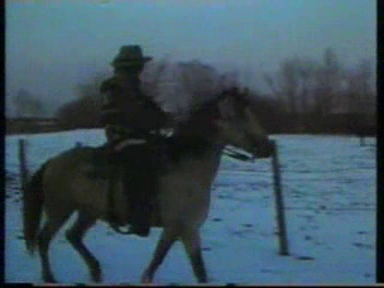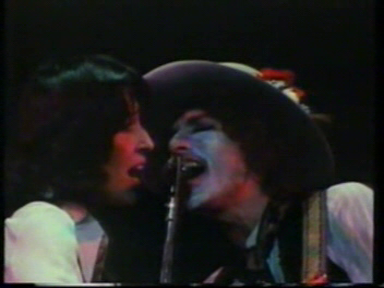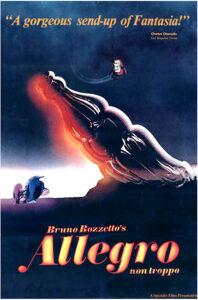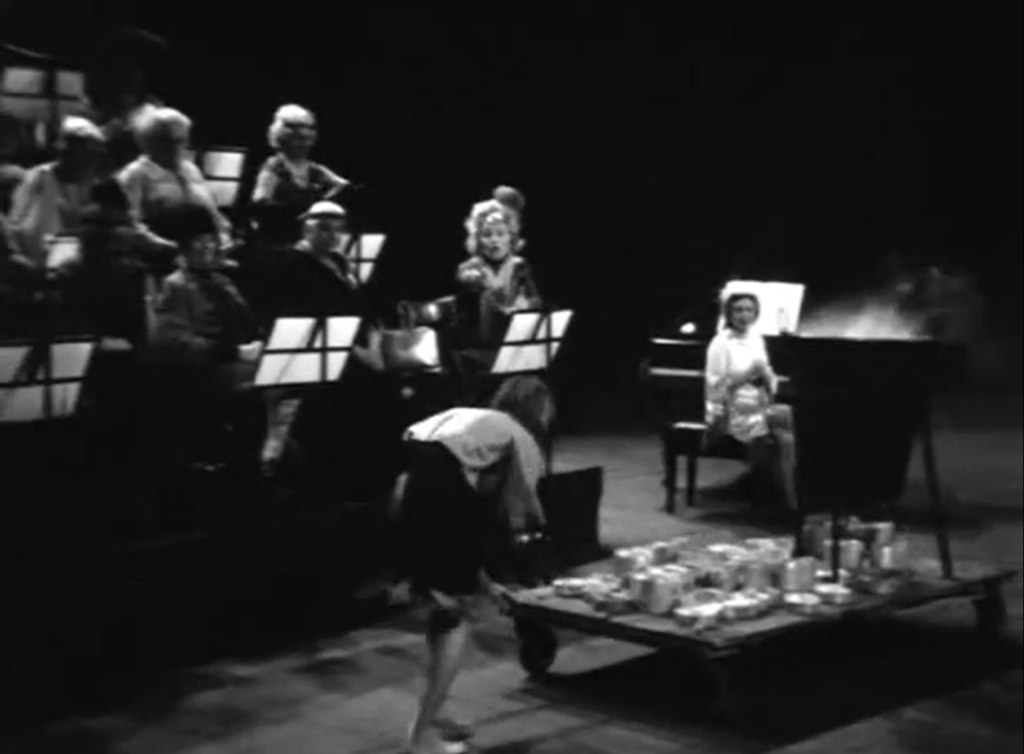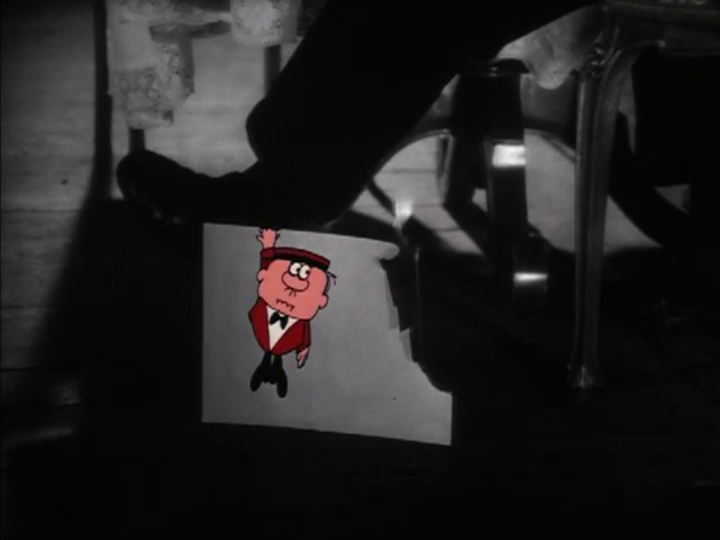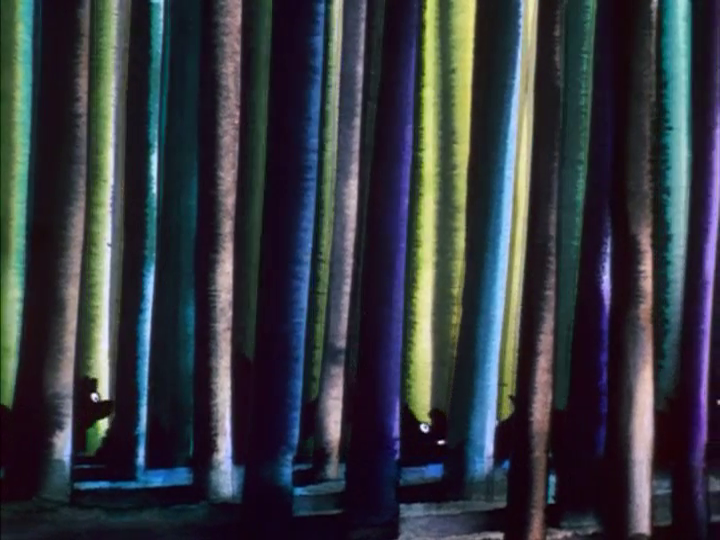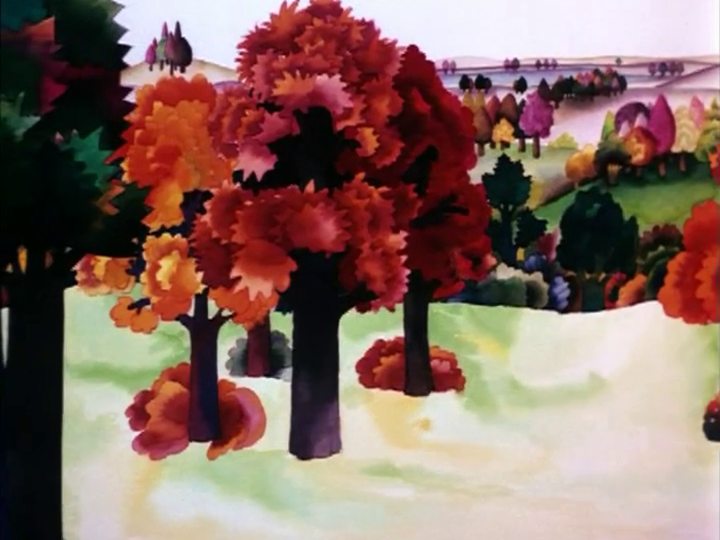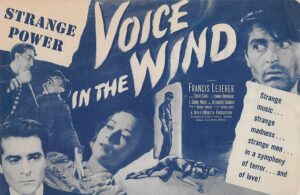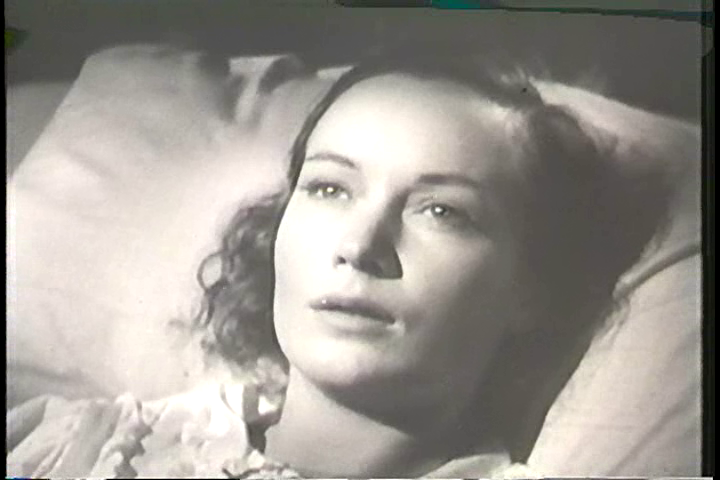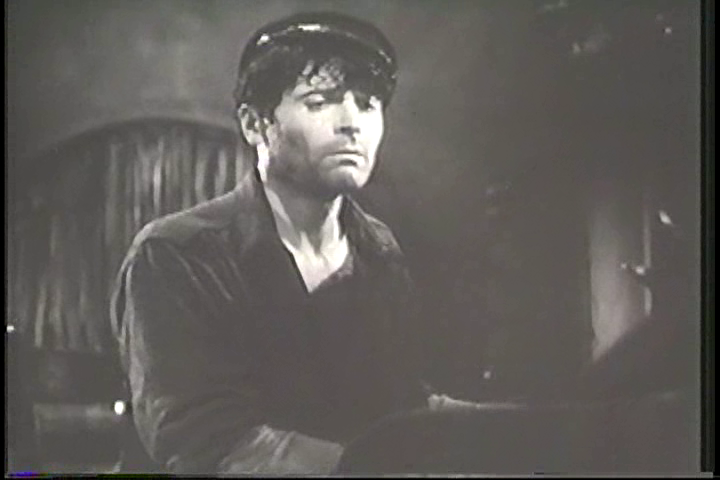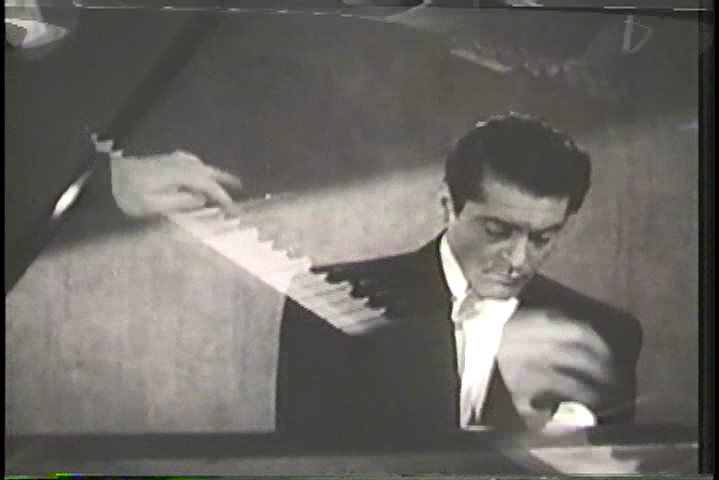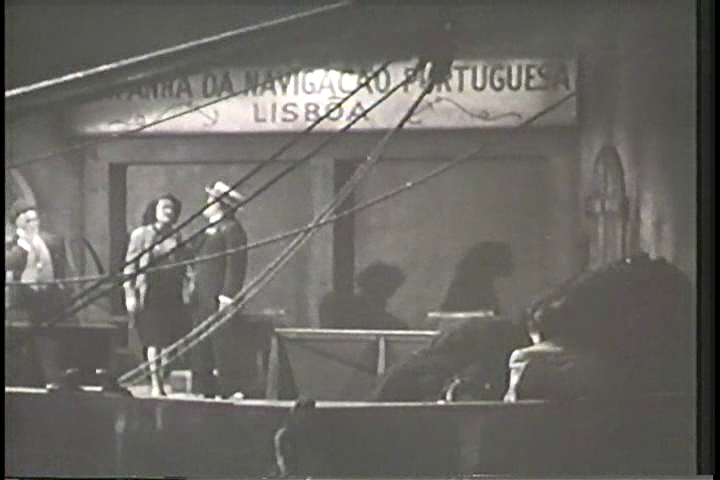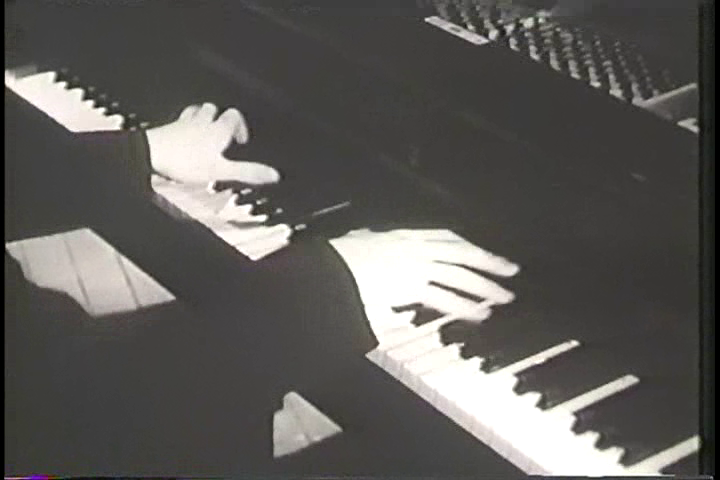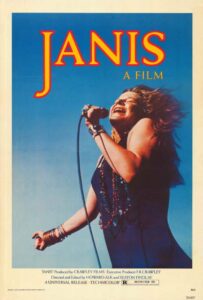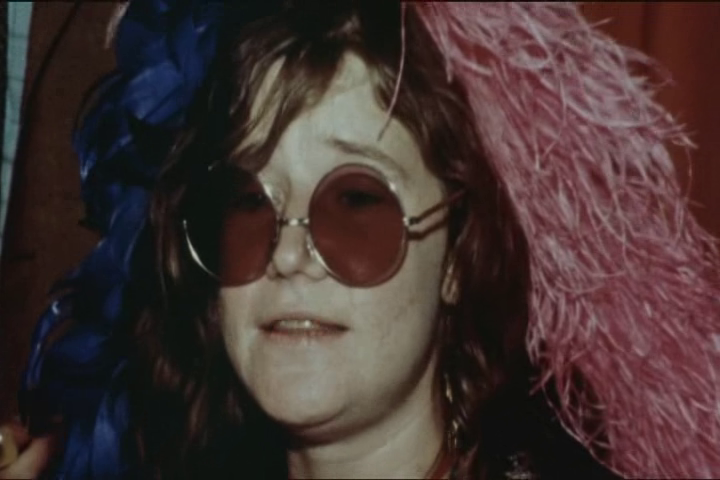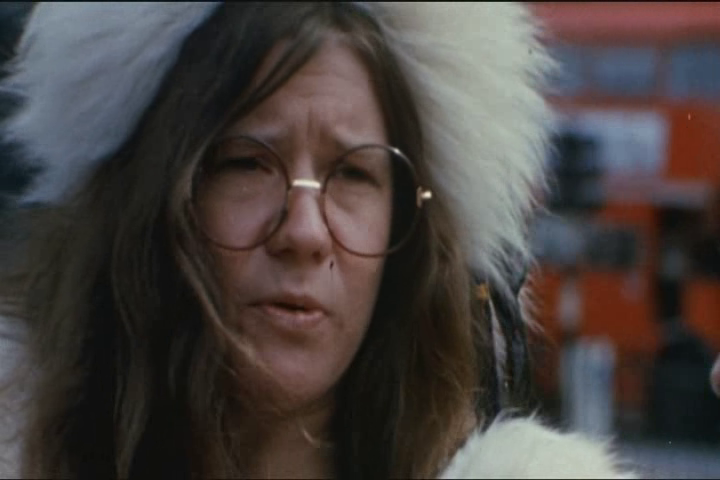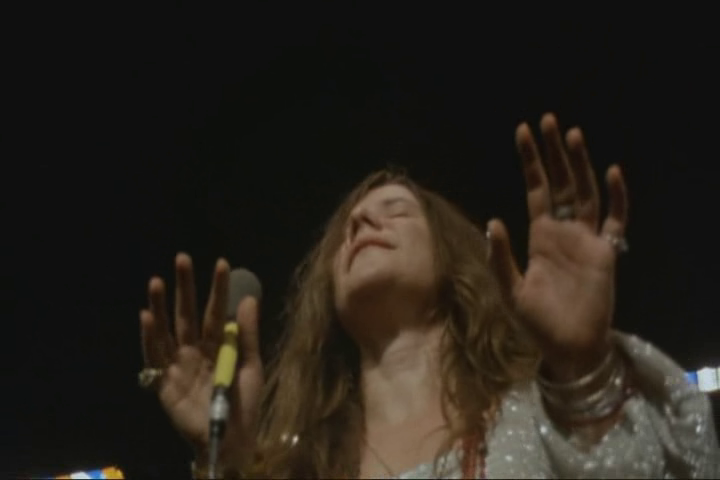|
Genres, Themes, Actors, and Directors:
- Henry Fonda Films
- Historical Drama
- John Ford Films
- John Ireland Films
- Linda Darnell Films
- Revenge
- Sheriffs and Marshals
- Victor Mature Films
- Walter Brennan Films
- Ward Bond Films
- Westerns
Response to Peary’s Review:
Peary writes that “John Ford’s stirring, beautifully photographed
(by Joe MacDonald) but flagrantly fictional account” of how the Earp brothers “cleaned up Tombstone in the 1880s” is a “different kind of western”, noting that despite the many killings and “major theme” of “violent retribution”, “it has been described as ‘lovely’, ‘poignant’, ‘nostalgic’, ‘sentimental’, ‘tender’, ‘sweet’, and ‘poetic’.” He points out that what we remember most are “Wyatt playfully leaning back on his chair and balancing himself on the street post in front of him, with one foot and then the other; Wyatt proudly escorting pretty Clementine… to the town gathering; Wyatt and Clementine dancing; and… Wyatt walking alone down the middle of the road leading to the O.K. Corral with the enormous rocks of Monument Valley in the distance.” We also “remember Cyril Mockridge’s lyrical score, using harmonicas, fiddles, guitars, and a cowboy chorus.”
Naturally, this retelling of the infamous “gunfight at the O.K. Corral” — as with nearly every other adaptation — falls far short of the truth of the story; those interested in learning more can read any of TCM’s articles about the film, Wikipedia, or Peary’s lengthy article in his Cult Movies 2 book. As Peary writes in GFTFF, “The real Wyatt Earp was a cad (also he was no marshal), but Fonda plays him as a brave, virtuous, dignified man” who is “so steadfast in his moral beliefs that he’s too predictable”, thus leading to “the morally ambiguous Holliday” being “brought into play”. Peary describes Holliday as a “tragic figure who, unlike Wyatt, cannot accept the advent of civilization because he will be rejected by society when, by all rights, he should fit in — he’s more intellectual, educated, cultured, better dressed than Wyatt”, and “also blessed with the power to cure the sick — but makes no [apparent] attempt to rid himself of consumption”.
In Cult Movies 2, Peary elaborates on “the way people relate to each other in Ford’s west” — that is, “the director’s own version of ‘realism’.” As Peary writes:
“Foes speak to one another hesitantly, with clipped dialogue so they won’t betray themselves. They’re polite but we sense hostility. Pronouns are dropped… Characters rarely change their expressions or the levels of their voices, lest they reveal their innermost thoughts… Old Man Clanton (played by the incomparable Walter Brennan) refuses to show emotion, and even at his most demonstrative, barely curls his lips into a snarl or semi-smile, or moves his big eyes… Wyatt seemingly remains calm in the face of disaster; we never know if he’s scared… To change expressions is to show vulnerability, not the wise thing to do in this west, where bluffing is as important as a quick draw.”
Indeed, as fictionalized as all the proceedings are (and boy, they certainly are), My Darling Clementine nonetheless represents an iconic vision of the West — complete with racism (Mexicans and Indians are lower-class citizens) and rampant corruption (a massive set of crimes are committed by the Clantons within the first five minutes). Visually the film is stunning, and the performances are noteworthy as well — but the story-line itself also offers plenty to chew and reflect on as we consider how we have constructed our problematic, deeply complex history of the West.
Redeeming Qualities and Moments:
- Henry Fonda as Wyatt Earp (nominated as one of the Best Actors of the Year in Peary’s Alternate Oscars)
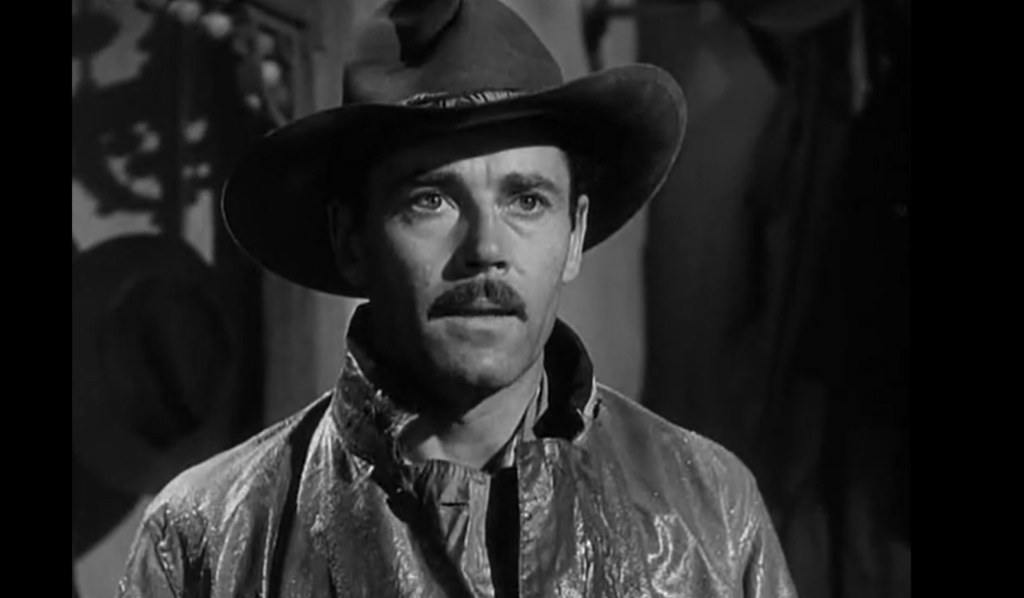
- Victor Mature as Doc Holliday
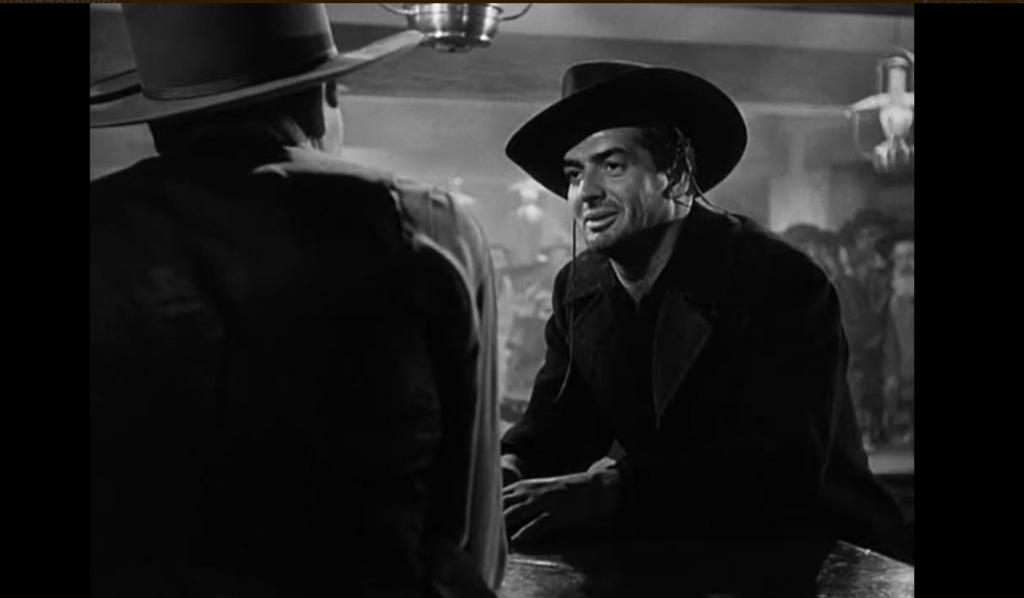
- Walter Brennan as Old Man Clanton
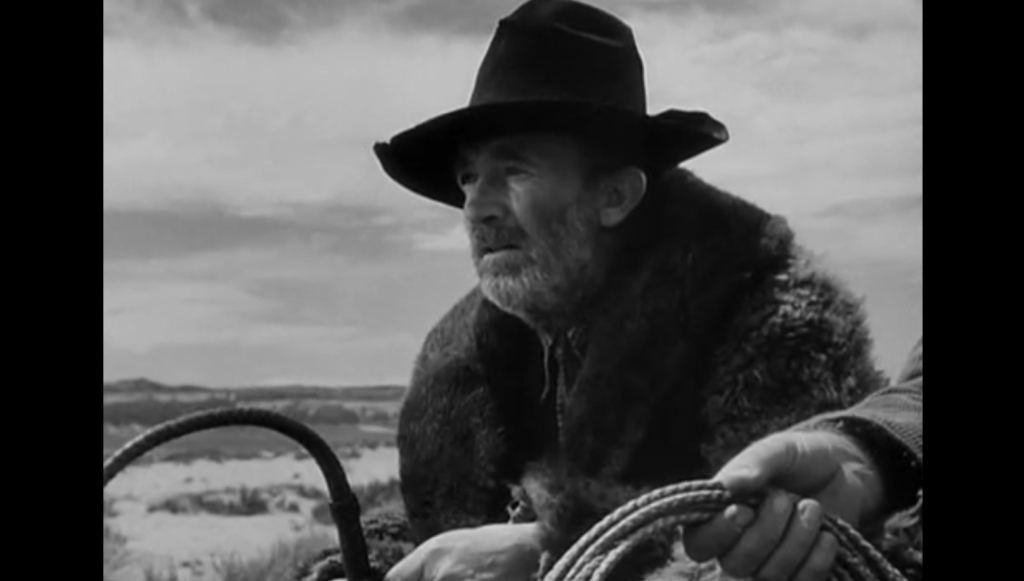
- Joseph MacDonald’s cinematography
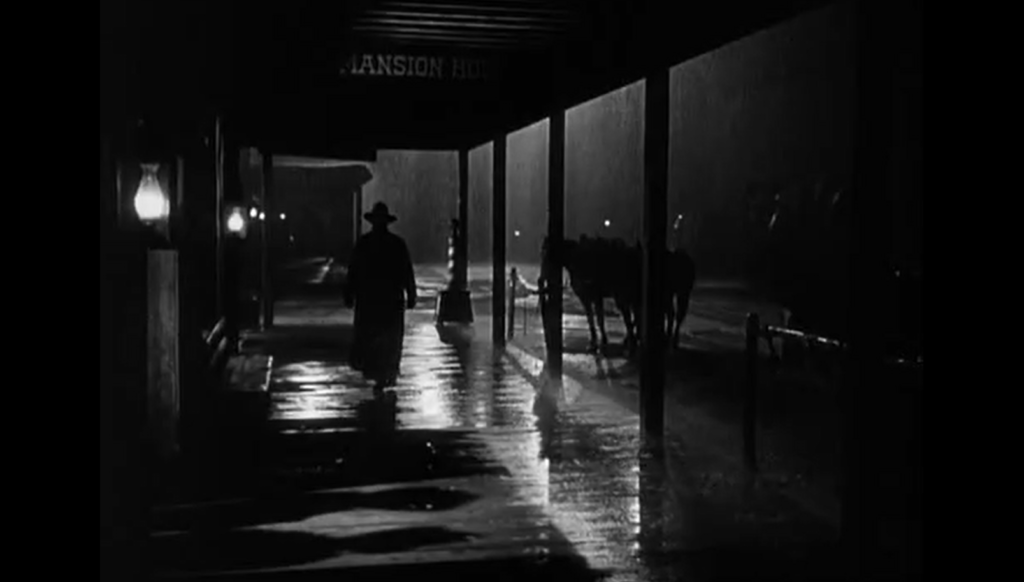
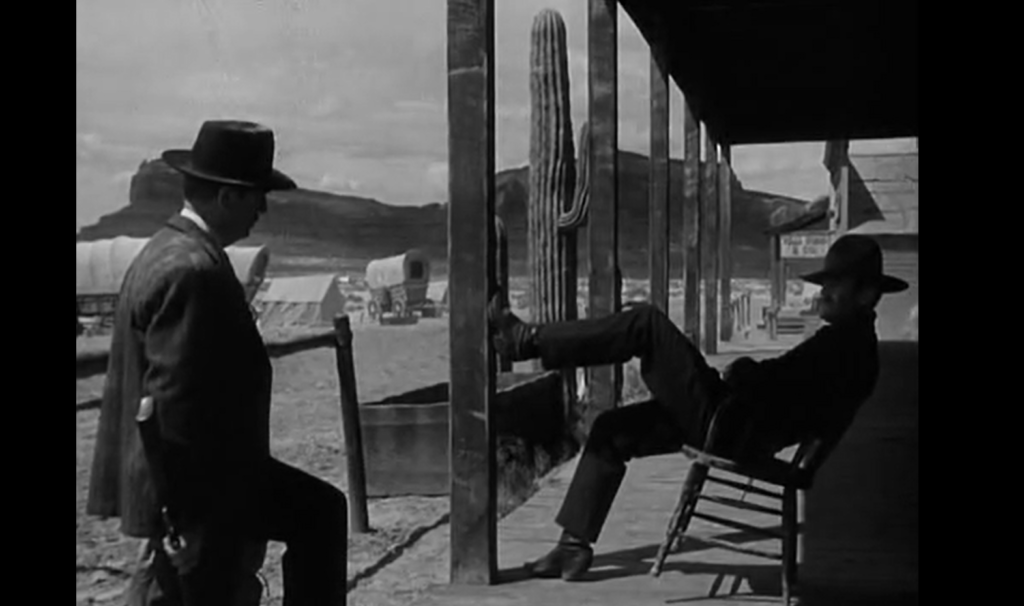
- Fine location shooting
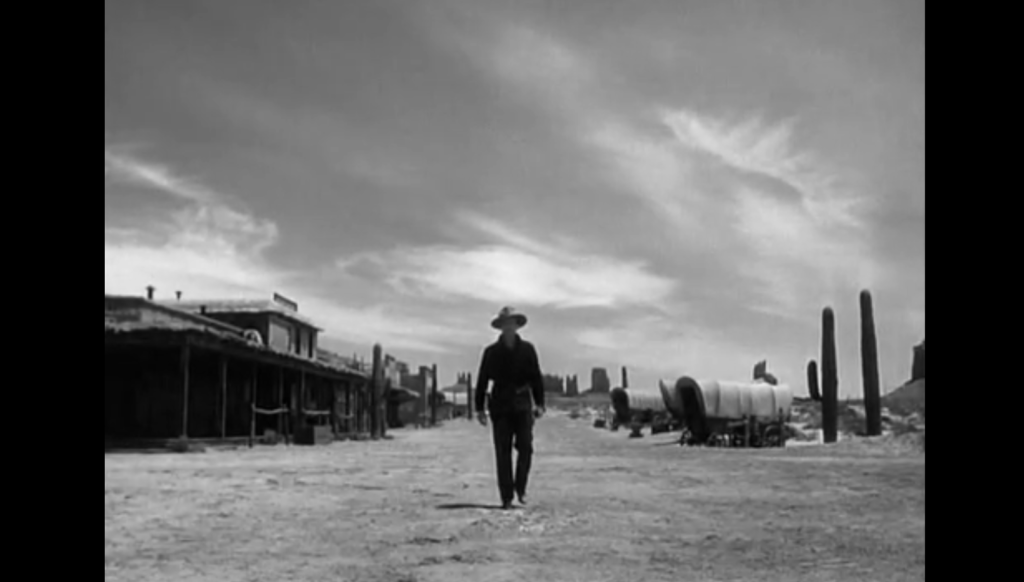
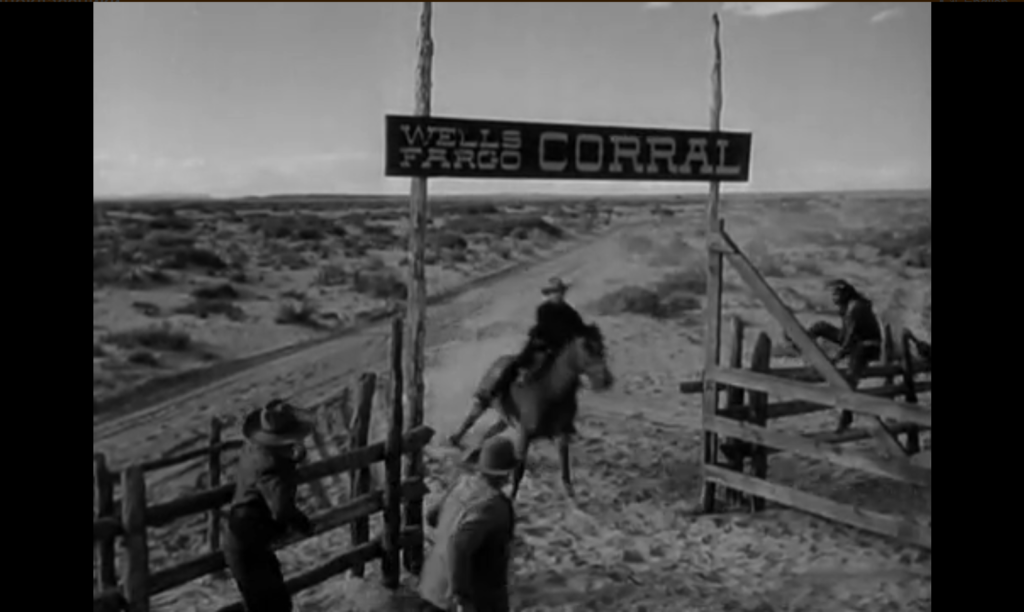
Must See?
Yes, as an enduring classic.
Categories
(Listed in 1001 Movies You Must See Before You Die)
Links:
|
